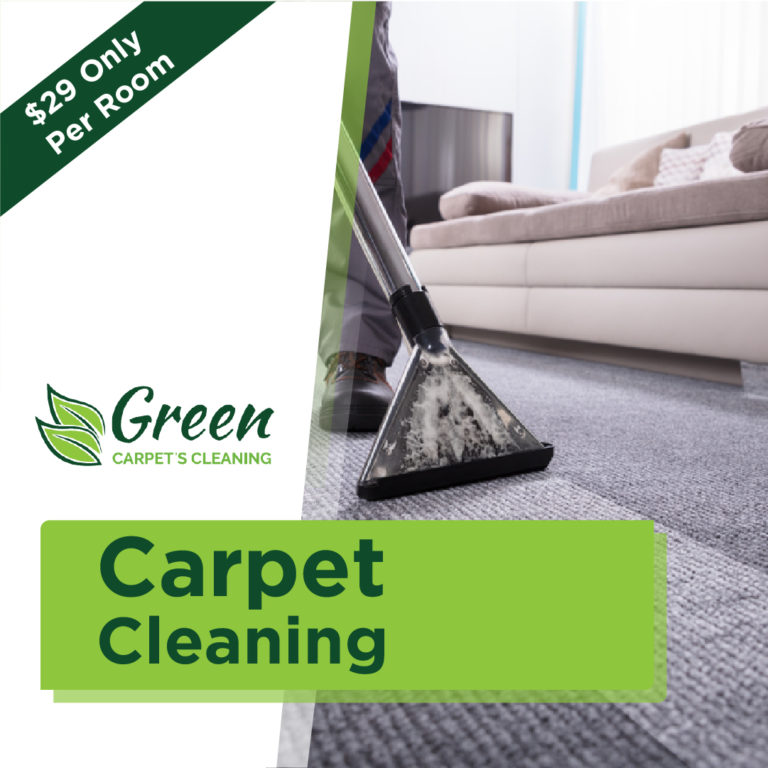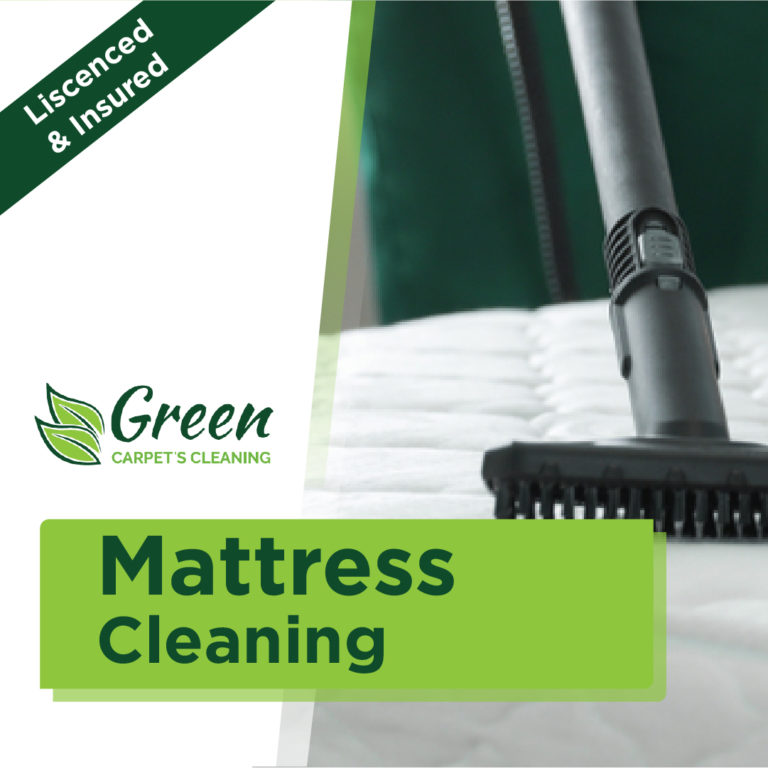Different types of Upholstery Fabric
Natural Fabrics
Upholstery Cleaning in Piru — Natural materials are produced from natural fibers that come from plants or animals.
Chenille
Chenille’s soft surface pile inspired its name — it is the French word for”caterpillar.” Its additional weft threading gives it a distinguishing glow. Chenille is often made from natural fibers, but it can also be made from synthetics like rayon.
Cotton
Cotton furniture upholstery is typically a mix, combining this stylish, breathable all-natural fiber using polyester, linen, nylon, etc. for extra texture, strength, or resistance to soiling and wrinkling.
Jute
A fiber produced in India and Bangladesh, jute was used for rope and matting. Though susceptible to wrinkling, it’s a fantastic material for contemporary rustic accent pieces such as an ottoman, including a somewhat rougher texture that pairs well with leather or wood.
Leather
Leather upholstery can vary greatly in price and quality, based on its grade and treatment.
Full-grain leather: organic marks or imperfections are left undamaged, and Full-grain leather uses the entire animal hide rather than layers. This is the highest-quality leather.
Top-grain leather: Top-grain leather uses the top layers of the animal hide and is second in quality only to grain.
Corrected-grain leather: Corrected-grain leather has been treated to eliminate imperfections and then given an imitation grain for a uniform appearance.
Split leatherSplit leather is composed of the bottom or drop rest of the mask. To the surface, a synthetic surface layer is laminated with bycast/bicast leather.
Linen
Produced from flax, linen is an all-natural cloth fiber. It’s a fabric that offers exceptional durability and resistance that is natural to abrasion, pilling, and moths. It is often used along with cotton for elasticity. Neatly tailored pieces such as parsons chairs, traditional dining seats, and tufted arm seats offer you a great look for linen.
Silk
Soft silk, and luxurious feels at home in formal settings and is best maintained to zones. Silk is sometimes backed with cotton to add weight and durability and comes from both artificial and natural varieties. Sunlight can cause this cloth to fade thus think strategically about where you place a lace upholstered piece.
Velvet
Velvet is a lavish woven fabric distinguished with its thick and short heap. This soft and glistening material can be made from synthetic or natural fibers and changes in type and quality. Though comparatively difficult to clean, velvet stands out because of its comfort, feel, and rich colour, making it a preferred alternative for dramatic pieces like traditional button-tufted headboards and earthy accent chairs.
Wool
A natural fiber that comes from animal hair, wool is a durable option for upholstery fabric. Most wool you locate on sofas and accent chairs today is really a combination of natural and synthetic fibers. The addition of synthetic materials helps the fabric stand up better to wear and makes it easier to clean.
Synthetic Fabrics
Synthetic fabrics, also called fabrics that are engineered, are textiles produced from man-made fibers to natural fibers. Fabrics are more resistant to fading and staining and tend to be more durable than natural materials.
Faux Leather
Faux leather is usually made from polyurethane, a more eco-friendly option to PVC or plastic. PU is more breathable than PVC, and it degradable.
Microfiber
Microfiber is a knit blend polyester fabric that is thicker than suede and a whole lot easier to clean (simply make sure you dab instead of rub). This dense material is made of woven fibers, providing durability and moisture resistance together with real suede’s aesthetic qualities. This low-cost fabric is ideally suited to chaise sectional lounges or convertible sofas, and other cozy chairs in a modern fashion.
Nylon
A synthetic fiber, nylon is usually blended with other substances to make a strong and durable material. It’s typically easy to keep and isn’t likely to wrinkling.
Olefin
Olefin is a material that’s produced from melting plastic pellets down. Any desirable color is added and the threads are then woven. Olefin will hold its color, Since the colors are baked in rather than added to the surface and may be cleaned with bleaches. This durable cloth is very good for upholstery.
Polyester
First introduced in the 1950s, polyester is a synthetic fabric which does its best work in tandem with natural materials such as cotton and wool. Polyester blends give excellent durability, easy cleaning, and resistance to fading, wrinkling, and abrasion — and less pilling, in the instance of polywool mixes.
Rayon
This cellulose-based substance was created to mimic fabrics such as linen and cotton. It’s commonly blended with other kinds of threads to create a material that is suitable for upholstery.
Things to Place under Couch Cushions to Prevent Sagging & Sinking by Green Carpet’s® in Piru














